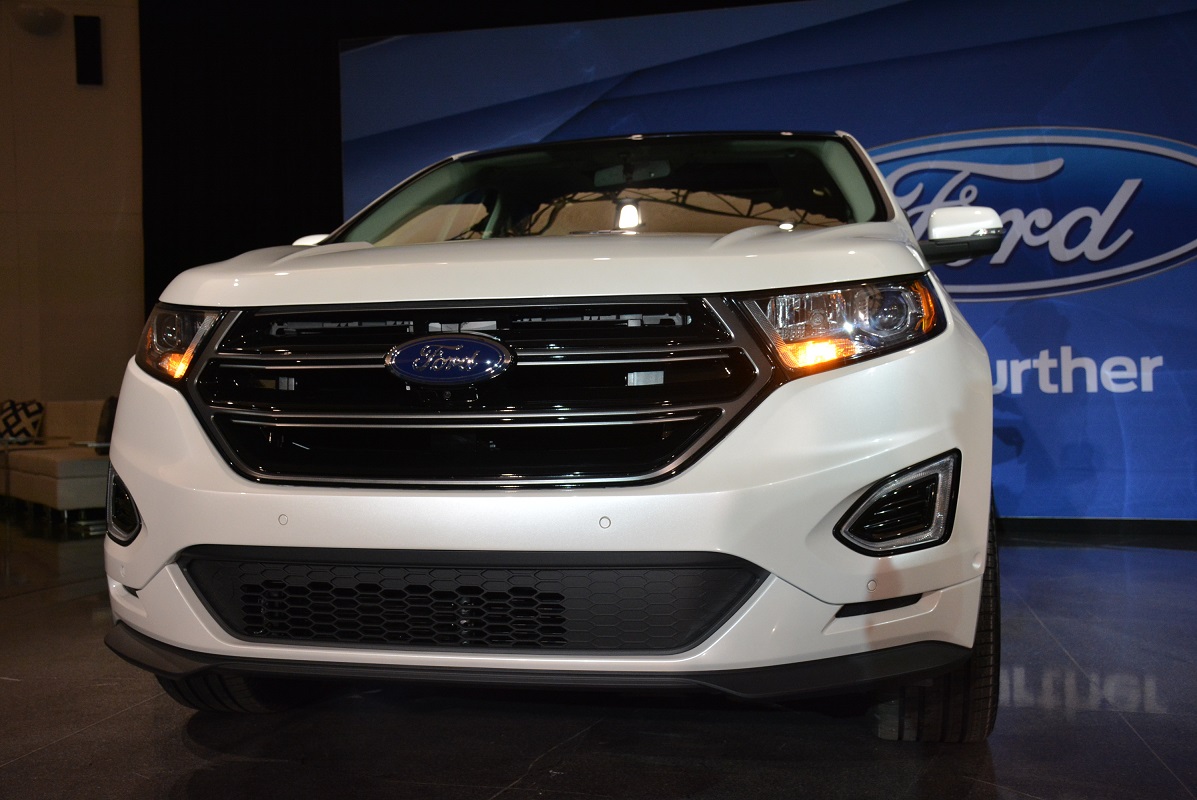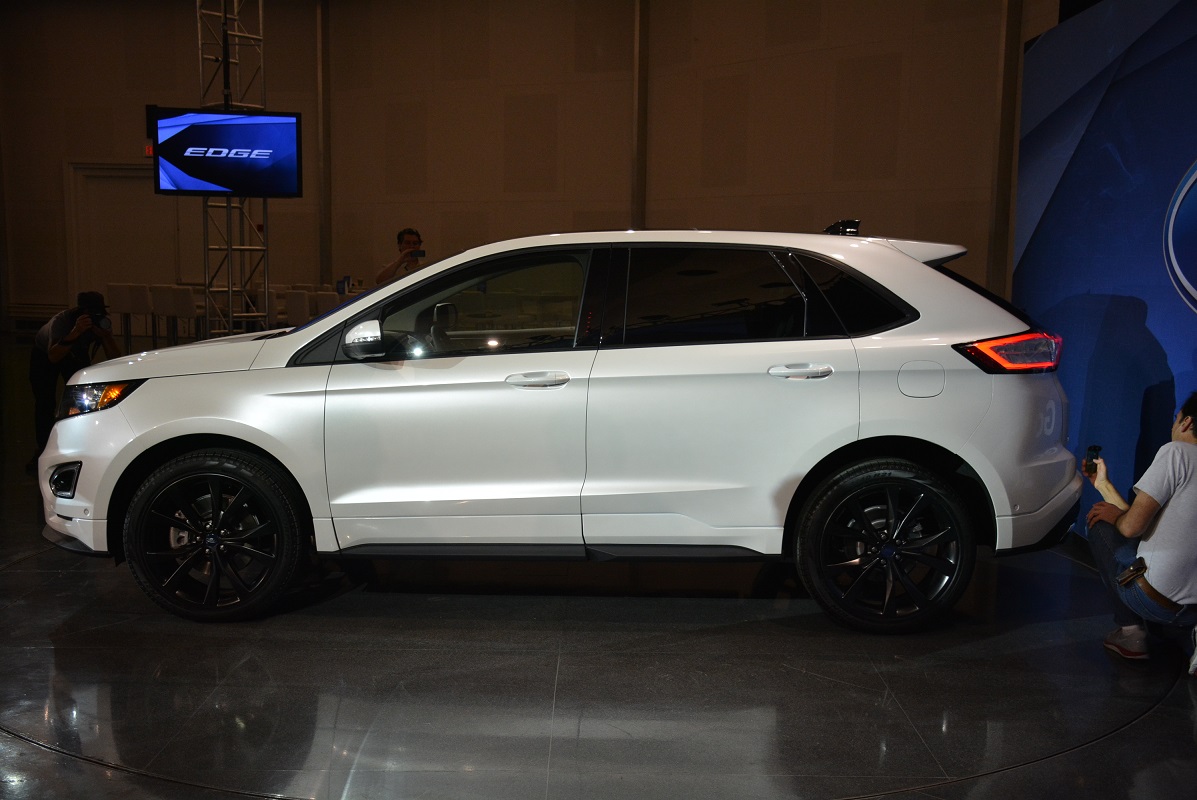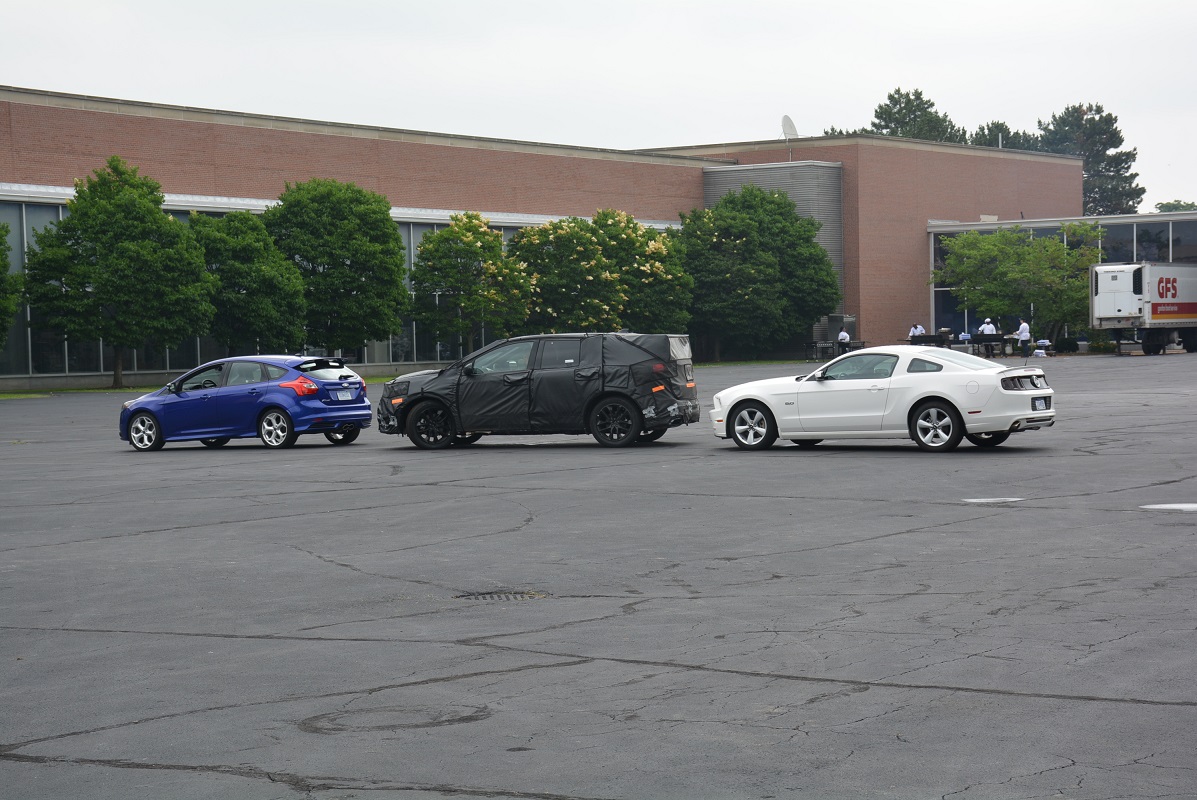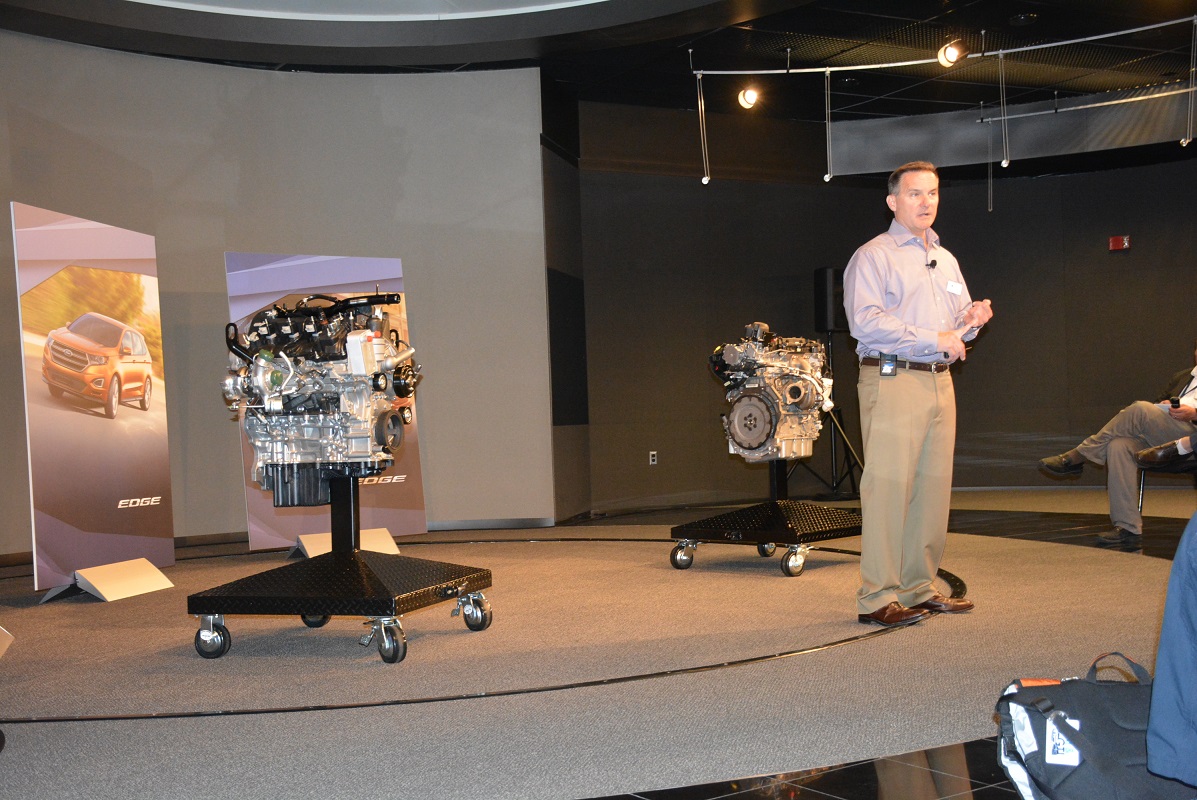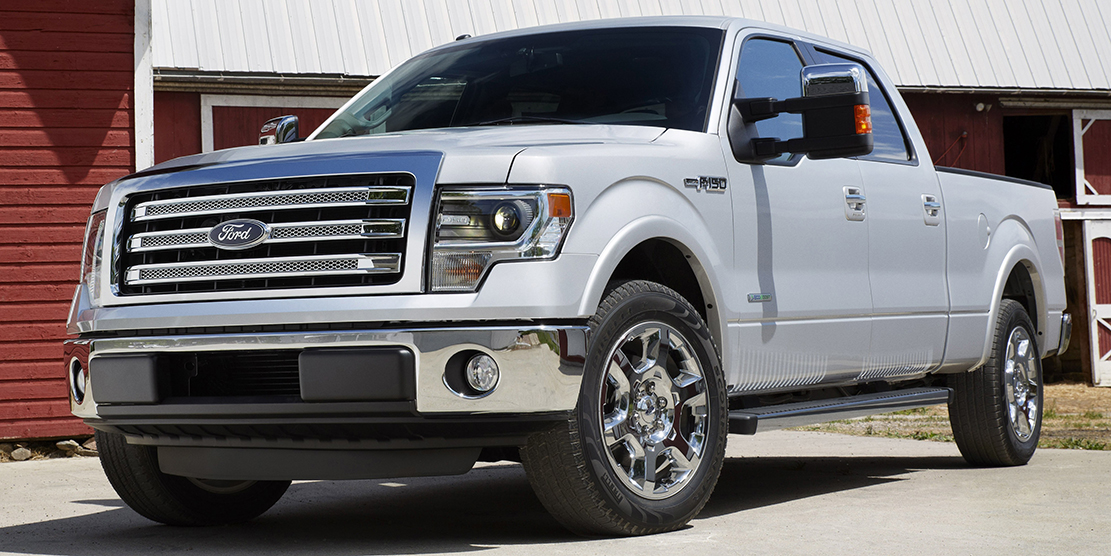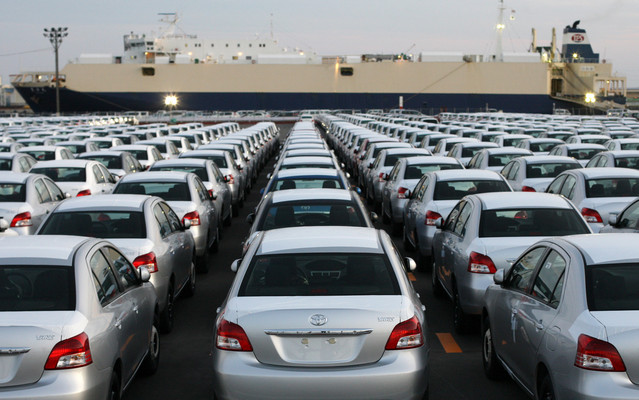
Some may not remember when the original “invasion” of Japanese cars occurred on these shores. It was back in the late 1950’s when consumers started to see an influx of smaller, off-shore manufactured vehicles from Toyota, Honda, Datsun (Nissan) and Mazda. Do you recall the Toyota Corona? Better yet, remember the Wankel engine?
When the Detroit-centric automotive history books were beginning to be rewritten there was some initial response from the buying public over less traditional, smaller more fuel-efficient pretty basic cars with some interesting innovations. Not favourable springs to mind.
Within a short time, many owners were beginning to voice displeasure about their choices. While not unhappy with the cost of running these imported cars, they were not built to withstand the often unforgiving Canadian climate and body and frame damage due to corrosion and rust were prevalent.
Asian manufacturers learned from their initial errors. Soon, Japanese imports were becoming better accepted, better built. There was an air of expectation regarding the value-proposition of almost every Japanese model – now often featuring innovative technology and many more features which used to be considered as options and not standard onboard equipment.
Sales boomed; Japanese manufacturers confidently built manufacturing facilities here and reputations for quality, backed up by heretofore unseen warranties became the norm.
Did Detroit’s Big 3 deal with this invasion? Yes… and no. Initially it appeared that greater attention was paid to their more expensive models – the ones with the biggest profit margins – but sales volumes were not there. Then low budget, mass-produced compact vehicles started to proliferate. But they too, like the Japanese before them had their own issues.
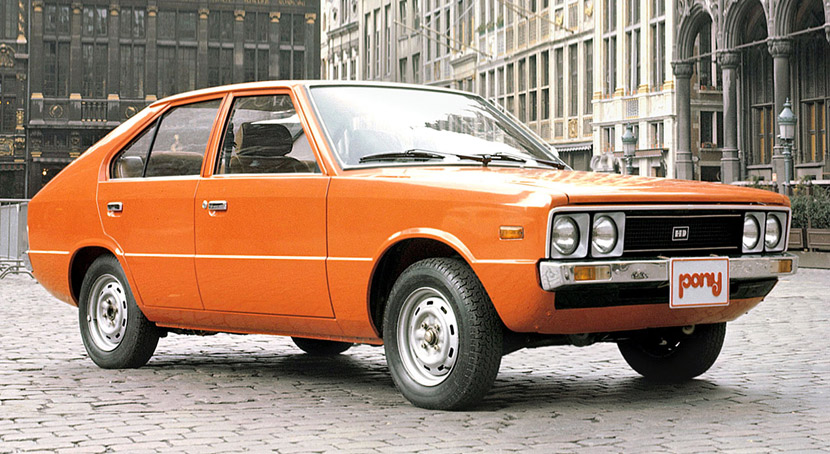
Things really seemed to come to a head when the Korean multi-conglomerate Hyundai shipped their cars to this country. Remember the Pony? The initial value proposition. Three models; three price points, each separated by $1,000. Like the Japanese before them, Hyundai followed the value model – but with their own twist. Pricing became even more cut throat – easier for Hyundai to do since they owned their own steel manufacturing plants. At one point in the 80’s and 90’s the one North American city you would be hard-pressed to see any Asian imports would be Detroit – and soon enough, even that has changed. Quality and value did most of the talking.
The expression regarding building a better mousetrap seemed to fall on deaf, or at the very least, damaged ears and the proliferation of less expensive, well-made value-laden Asian vehicles – now of most sizes – continued, almost unchallenged.
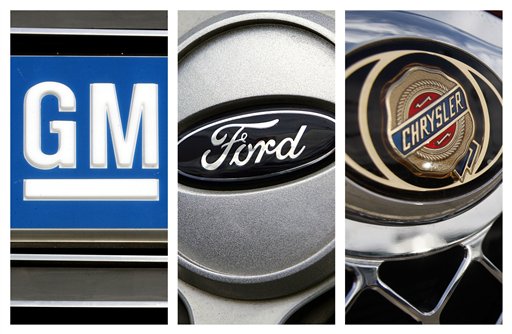
The three major North American manufacturers were responding but mostly, it appeared, for the European market where smaller more fuel efficient cars were winning the war by default due to the rising cost of securing, refining and the distribution of petroleum-based products.
In July 2007, sales figures showed that all imports outsold General Motors, Chrysler and Ford nameplates 51.9% to 48.1% in North America. That was the very first time this occurred. At the end of May, 2014, the ratio is now 54.1% to 45.9% - still in favour of all imports.
The margin has increased and shows no sign of decline.
Is there a way around this conundrum? Look at the changes being made now by the Big Three, each embracing their own world roots. People want quality, economy and technology – and at a competitive price.
There are many who will not buy imports; North American built all the way – regardless. And here is where this becomes interesting. With favourable exchange rates, free trade agreements and tax incentives, many Asian vehicles are now produced in North America. Same with (insert audible gasp) some BMWs and Mercedes-Benz.
In 2013, nearly 95% of the vehicles Honda and Acura sold in the United States were produced in North America, including factories in Alliston, Ontario, and El Salto, Mexico.
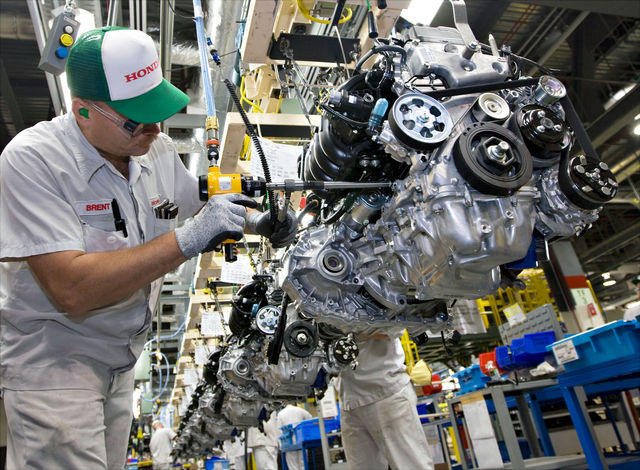
Is there such a thing as a 100% North American vehicle? When you consider the thousands of components in any vehicle, many come from far afield where they’re produced inexpensively. Thus, making the final package generally affordable, regardless of the nameplate manufacturer.
Today some excellent automotive products are born of such a mix of production systems. An intertwined global economy – and car market – ensures that no matter where it comes from, today's cars are (mostly) built to high standards. Things appear to be back on track. Otherwise, we would not buy them.
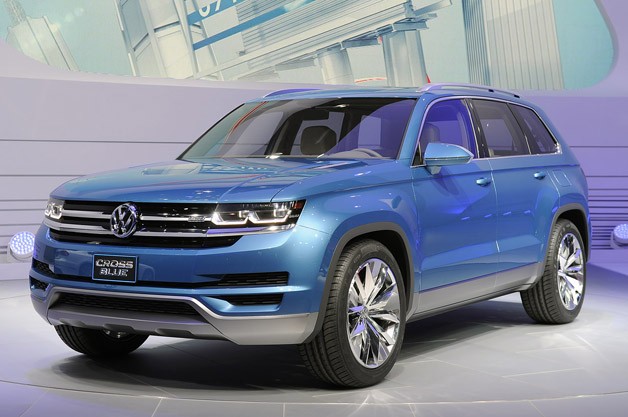
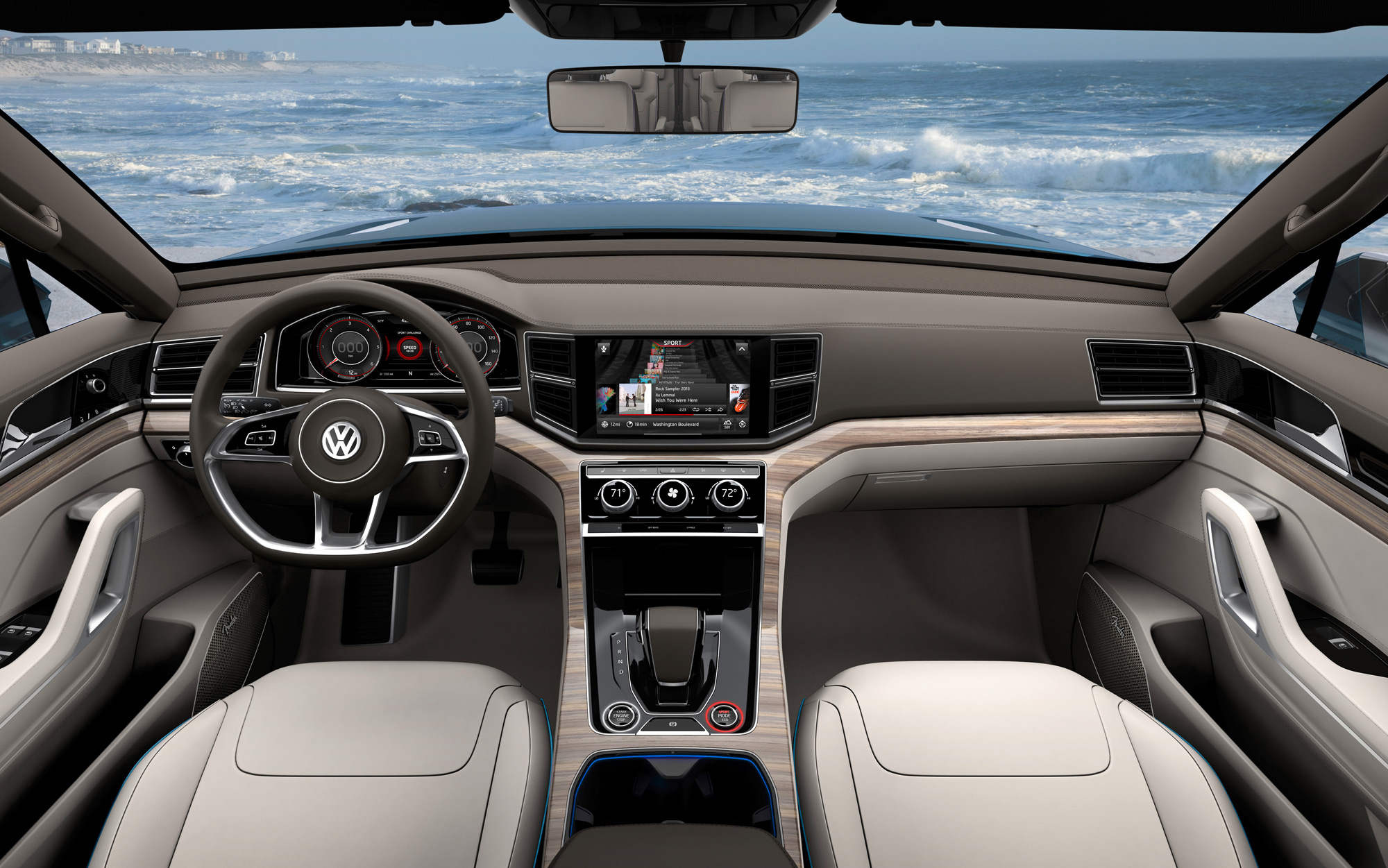 Volkswagen is planning for the new CUV to be a core vehicle that they will use to fulfil their sales goal in the United States. The other three main vehicles alongside the new CUV will be the Jetta sedan, the Passat and the Tiguan compact CUV. The new CUV will be built alongside the Passat and the Chattanooga plant can build up to 150,000 vehicles per year.
Volkswagen is planning for the new CUV to be a core vehicle that they will use to fulfil their sales goal in the United States. The other three main vehicles alongside the new CUV will be the Jetta sedan, the Passat and the Tiguan compact CUV. The new CUV will be built alongside the Passat and the Chattanooga plant can build up to 150,000 vehicles per year.

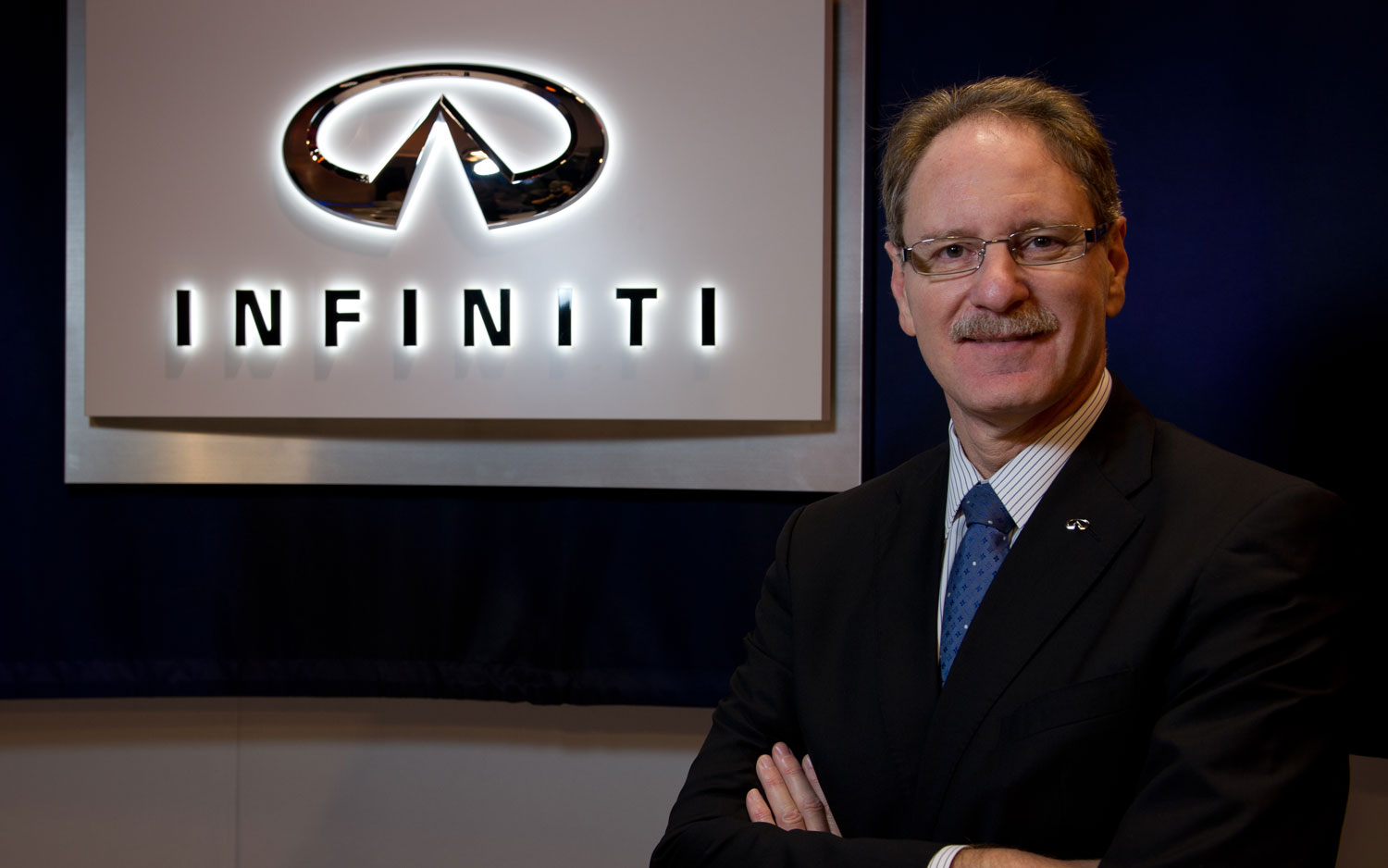

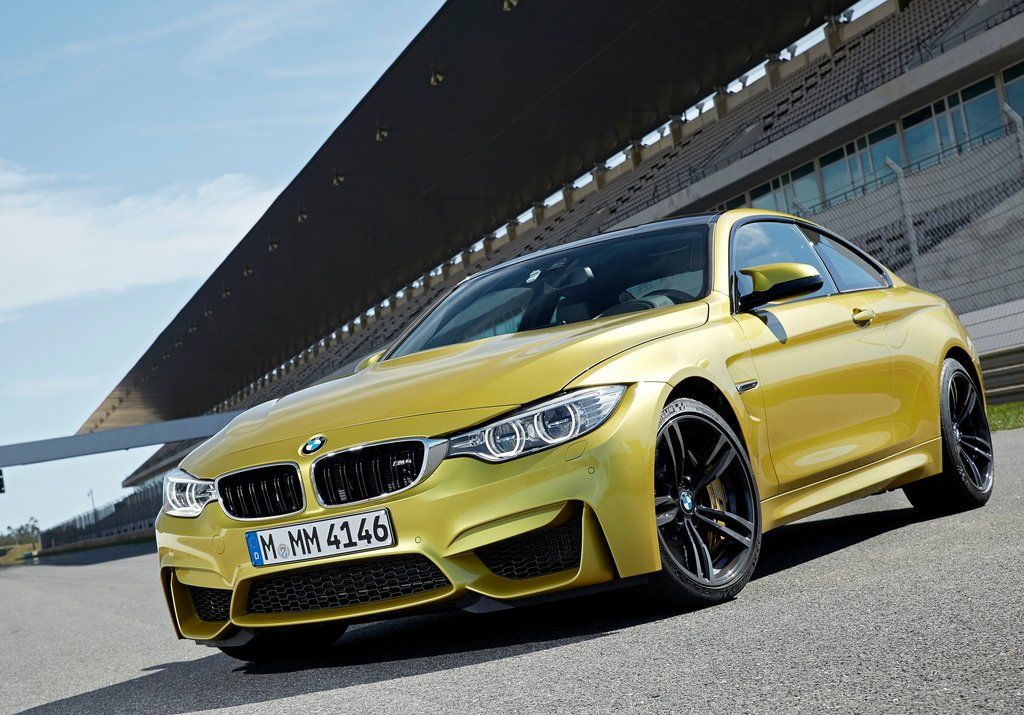
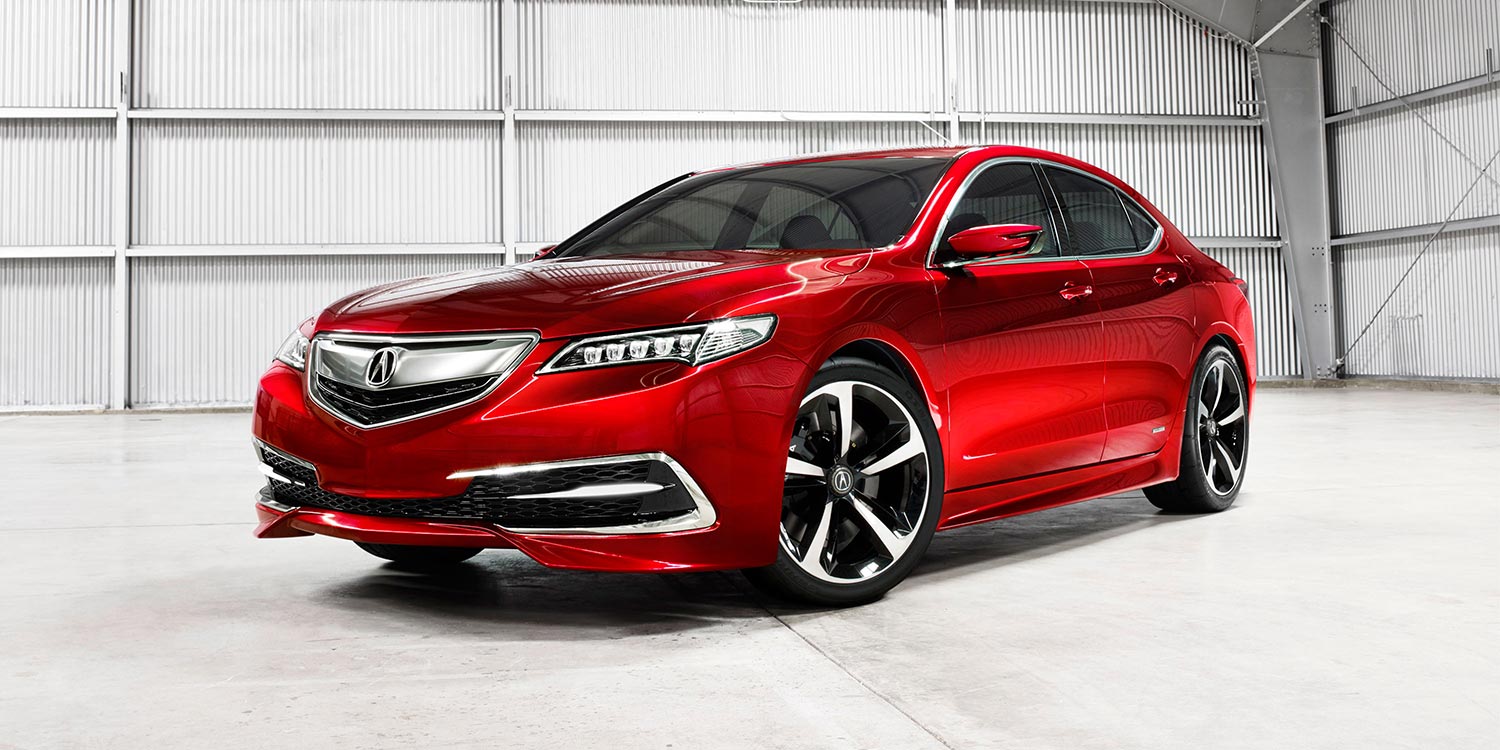
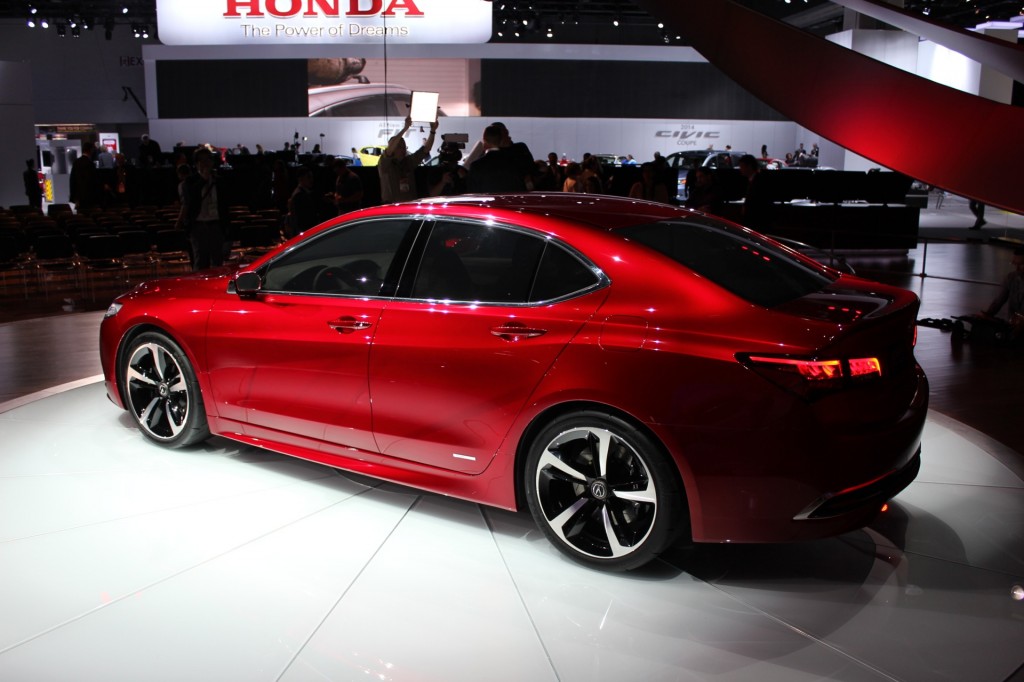
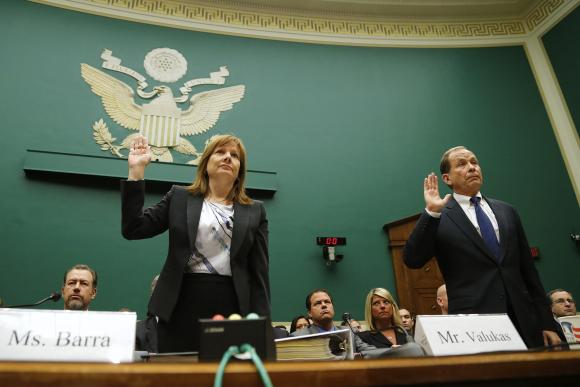
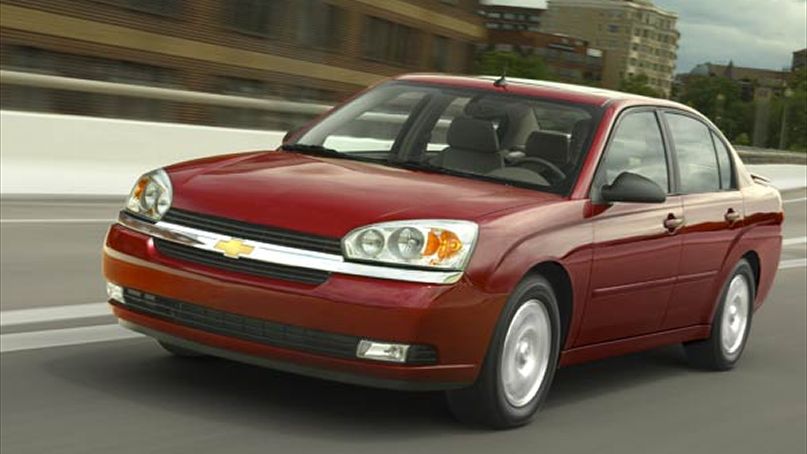

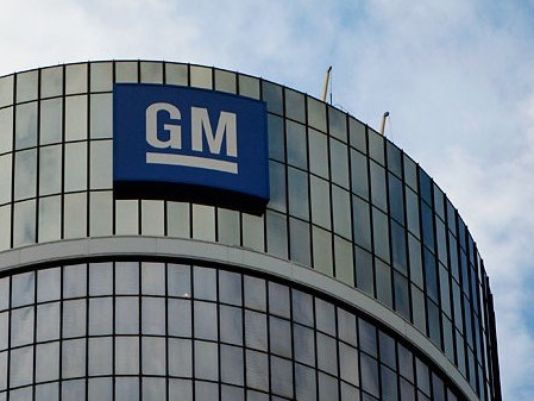
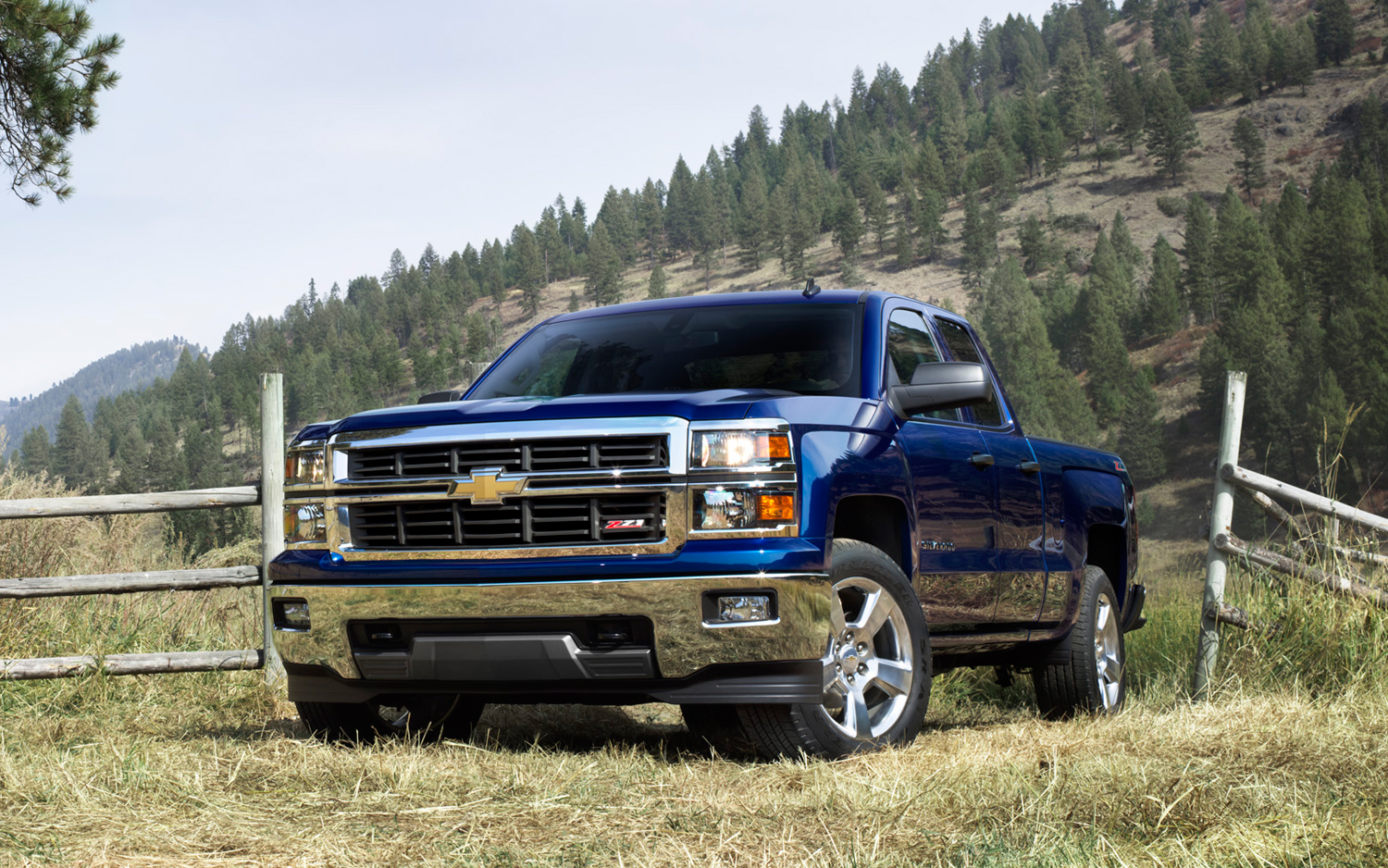
 year. GM says the problem caused 54 crashes and at least 13 deaths, although lawmakers say the death toll is closer to 100.
year. GM says the problem caused 54 crashes and at least 13 deaths, although lawmakers say the death toll is closer to 100.